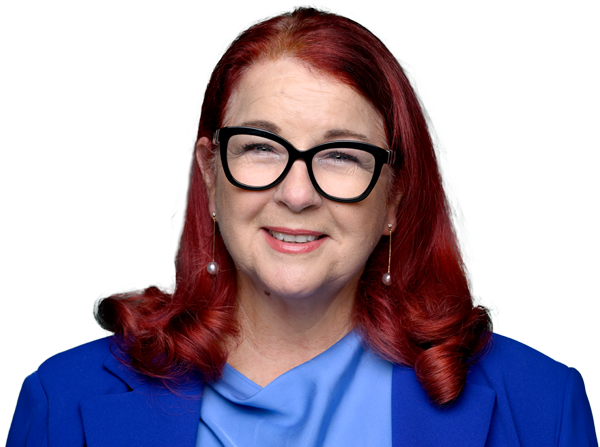This month the Yes campaign celebrated the release of a new advertisement to the tune of John Farnham’s Australian classic, You’re the Voice. I have much respect for John, I wish him all the best and I do really love that song. Who doesn’t?
It must be said however, that the reaction from the Yes campaign and some of its sympathisers in the media has been astonishing. We have heard how this advertisement has touched so many supporters, moving them to tears. Some have even said that this ad would be the turning point in the campaign.
It is frankly quite embarrassing how out of touch some are. Do they really believe there are a contingent of voters in the community who are thinking, “Oh I wasn’t convinced by Cate Blanchett, Shaquille O’Neal, Michael Chaney, Qantas, nor the AFL’s support for the Voice, but now Farnsy is doing it too, I’m sold”.
No amount of celebrity endorsements or studio ad craft can cover for the clear lack of clarity surrounding Labor’s proposal. Still all fur coat and no knickers. Basic questions, like how many people will be on the Voice, how will they be elected, how will this structure lead to better outcomes and what will the annual cost to the taxpayer be, have still not been answered.
I would say that this ad actually makes a pretty good case for the No argument and I’m not just referring to the irony in the line “You’re the Voice, try and understand it”.
The ad highlights a number of landmark moments in Australian history that are meant to pull at the heartstrings of Australians and demonstrate that this proposal is simply the next step in Australian social progress.
However, the Voice is fundamentally different from the moments in history that the Yes campaign is comparing it to.
For instance, it highlights the 1967 referendum campaign which allowed Aboriginal and Torres Strait Islander people to be counted as part of the population and for the Commonwealth to make laws for them.
That referendum question was very different to the one being asked today, particularly on two fronts. The first being that the 1967 referendum sought to deliver equal rights to Aboriginal and Torres Strait Islander people. Previously they had not been allowed to be counted in the census and were stuck under State and Territory protection regimes.
Naturally, the prospect of equal rights is fitting for an egalitarian society like Australia. This provides the context for the second big difference between the campaigns. The 1967 referendum was one of the most successful referendum results in Australian history with more than 90 per cent across the country supporting the amendments. We were unified.
At that referendum, Australians sought to right the wrongs of the past by providing Aboriginal and Torres Strait Islanders with equal constitutional rights. The question before us now is whether we go back to a time where the rights of Indigenous and non-Indigenous Australians are not the same.
As the member for the largest electorate in Australia, I understand very well the difficulties facing many vulnerable Indigenous communities in remote and regional Australia. I also understand that sometimes we might need to divert from the principle of equal treatment to close the gap, for example when it comes to getting more children to school. However, this should not be the long-term goal and therefore a permanent divisive structure in the Constitution, in my opinion, would be an abandonment of our egalitarian values.
Similarly, the ad highlighted how far we have come as a nation in terms of combatting racism. A powerful contrast was displayed between the abuse suffered by Nicky Winmar at Victoria Park and the overwhelming support given to Cathy Freeman at the Sydney Olympics. Of course, racism still exists in Australia and it should be called out whenever it rears its ugly head. My fear is that this debate has turned very toxic and has created more division within the community. Regardless of the result, my worry is we will struggle to get the genie back into the bottle.
Also included in the ad was the result of the same-sex marriage plebiscite in 2017. The decision Australians made in 2017 was about delivering equal marriage rights to all Australians and importantly was a legislated change. Whereas a constitutional Voice would be permanent, with its influence to be determined by the High Court.
Australians understand the importance of social progress and guaranteeing equality of opportunity. However, the promise of social progress is not enough. Likewise, voters feeling good and righteous will not help my Aboriginal constituents. Inserting a permanent and untested body that will divide Australians by race, into our Constitution, is not the next step on our path to a more equal society.
*Published in the West Australian, 16 September 2023
The Hon Melissa Price MP
Federal Member for Durack
Opposition Whip


